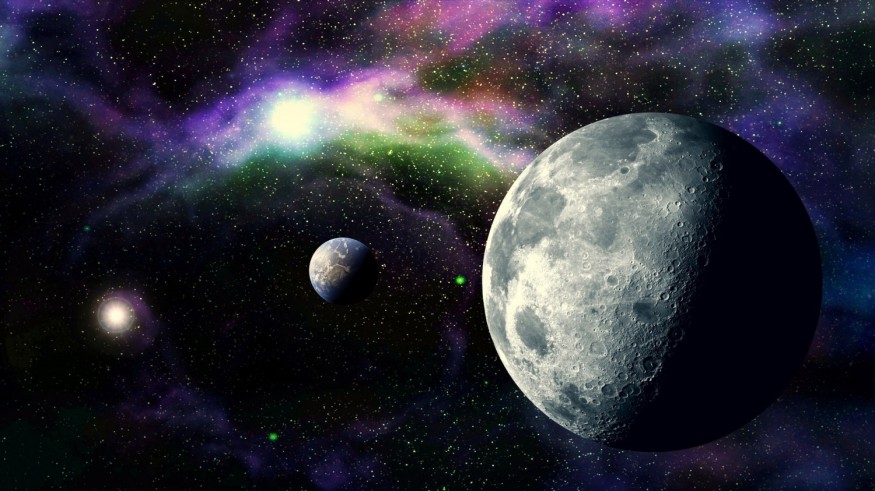
A unified theory on rocky planet formation has been uncovered and revealed by specialists. This theory could shed light on super earth origins and on the reason behind why such planets inside a singular system tend to mirror each other's sizes.
What Are Super Earths?
NASA reports that super earths are distinct from other planets across the solar system. Though they outsize the earth, they are lighter compared to Uranus or Neptune. Super earths can also comprise rock, gas, or a mix of both.
The nature of such planets is still a mystery for scientists to unravel, given that the solar system has nothing mirroring these types of planets. Despite their oddity, these super earths are extremely common in earth's own galaxy. In fact, they are the most abundant type of planet.
ALSO READ : Super-Earth Exoplanet 4 Times Bigger Than Our Planet Found 36.5 Light-Years Away; Is It Habitable?
Super Earth Mystery
Kontsantin Batygin, a planetary science Caltech professor, says that, with the growth of their exoplanet observations in the recent decade, it has become evident that there is a need to revise the current standard for planet formation theory, SciTechDaily. This revision should begin with the fundamentals. Professor Bagytin further notes that there is a need for a theory that can illustrate how terrestrial planets form and show the origins of systems like those of super earths, which tend to have rocky compositions.
The life cycles of planetary systems typically start with them being huge dust and gas disks that spin and consolidate over time. The majority of the gas coalesces into the star at the system's center. The solid parts, on the other hand, accrete and form planets, comets, asteroids, and moons.
In the solar system that earth belongs to, two specific planet types can be found. These are hydrogen- and water-rich vapor giants and tiny rocky planets. The former are far from the sun while the latter are close.
Researchers in the study set out to suggest that the solar system's planetary formation took place across two different protoplanetary disk rings. This was, namely, an internal one for the rocky planets and an outer one for the big ones. The findings were included in the Nature Astronomy publication.
They have looked into such phenomena for years. In their recent study, the researchers propose that planet formation surrounding the stars mirrors the processes they discovered in their 2020 study. Back then, Batygin and colleague Alessandro Morbidelli proposed a different theory to explain how Jupiter's biggest moons formed.
This essentially showed that for a particular size range of dust grains, the force that was moving these grains close to Jupiter and the grains in a gas flow moving outward perfectly canceled each other out. The force balance led to the formation of ring material that helped with the moon's formation later on. Other than this, their theory also proposes that the celestial bodies will continue to grow inside the ring until they are big enough to migrate. They, then, stop growing.
In terms of planetary formation, the wide scope of solid rock material concentration took place at the silicate sublimation line, which is an area where silicate ends up condensing and results in rocky and solid pebbles.
Batygin says that dust grains feel a front-blowing wind within the disk because, with a slower orbit of gas, the grains spiral closer to the star. However, for those in a gaseous state, they spiral towards the outside, alongside the disk's gas. Thus, materials accumulate in the area where vapor becomes solid.
Their theory pinpoints that this band could be a planet factory of some sort that could lead to the production of rocky planets, which have similar sizes, over time. Moreover, as these planets become greatly larger, their disk interactions will draw them inside and nearer to the star.
Batygin notes that, by supposing that solid material forms on rings rather than the protoplanetary disks, the theory can shed light on various planetary systems with a consolidated framework.
Check out more news and information on Space in Science Times.










